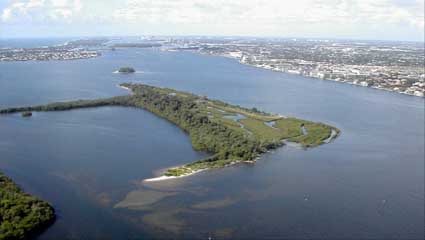
The Angler Action Program data has been used in a variety of ways, and the uses are growing. In Florida, the data has been used directly in five different stock assessments, starting with a snook assessment in 2012 and most recently the 2016/17 spotted seatrout stock assessment.
AAP info that is most valuable in those assessments is information about the fish we let go. It is the best source of information regarding how big those fish are, and what county they were in.
Look for more species to be included in the future, and as more anglers like you join in, we expect to find more stock assessment uses.
The University of Florida Partnership
The University of Florida recently completed a study that compared AAP catch rate data to MRIP data for snook, seatrout and redfish. The study revealed that, in regions where enough anglers logged their trips, the data matched up great!


What researches are looking for?
Florida researchers will also be looking to AAP data for information about less encountered species, such as goliath grouper, barracuda, cobia, and many others. So keep logging, and log everything! Even your "no catch" days.
What about habitat?
In 2016, SGF partnered with Palm Beach County and the West Palm Beach Fishing Club to start collecting data in the Lake Worth Lagoon. The goal was to find out if restored habitats were more productive fishing grounds. Not surprisingly, the data showed that the better habitats did indeed produce more different species, more fish per hour, and more of the targeted gamefish.
